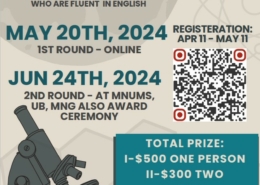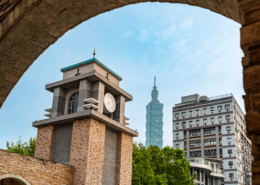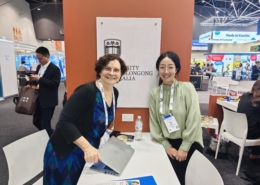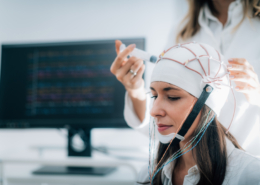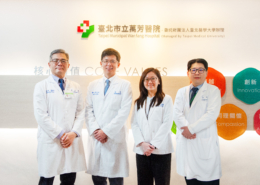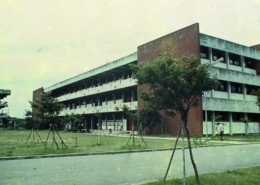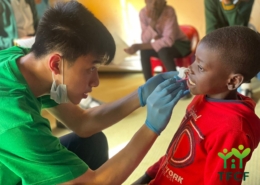【Academic news】Interaction between Stem Cells and Biomaterials
Source: Assistant professor Peng-Yuan Wang, Graduate Institute of Nanomedicine and Medical Engineering
Published on 2018-04-23
In vitro cell culture technology can be traced back to the early 19th century. Since then, biologists have constantly made improvements upon cell culture techniques. Beginning with the glass substrates initially used, to polystyrene-based plastics which are the current mainstream materials. In addition, change the composition of cell culture media is the only or main way to maintain mammalian cells in vitro.
However, there are still problems with in vitro cell culture at this point such as the inability to passage mammalian cells too many times and maintain the original characteristics of cells after in vitro expansion. All these problems result in a poor cell quality and not being able to precisely reproduce the in vitro data in animal experiments which lead to significant waste in resources.
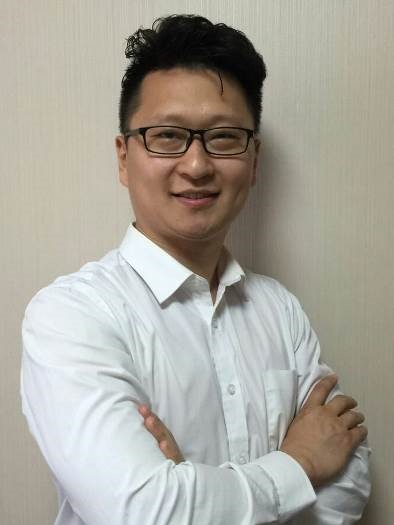
Assistant professor Peng-Yuan Wang, Graduate Institute of Nanomedicine and Medical Engineering [1]
Thanks to the advanced technology, new materials can be synthesized and different surface structures can be fabricated. All these new technologies have in turn driven the advancement of in vitro cell culture. In the past two decades, cell culture substrate with special micro-/nano-structures have been shown to be able to alter cell behavior such as adhesion, growth, migration and differentiation. Optimization of micro-/nano- structures that can trigger different cellular responses, maintain cells with high quality and stimulate stem cells into functional cells is of great importance in in vitro cell culture. In addition, it would also provide better understanding towards the in vivo characteristics of the complex cell microenvironment.
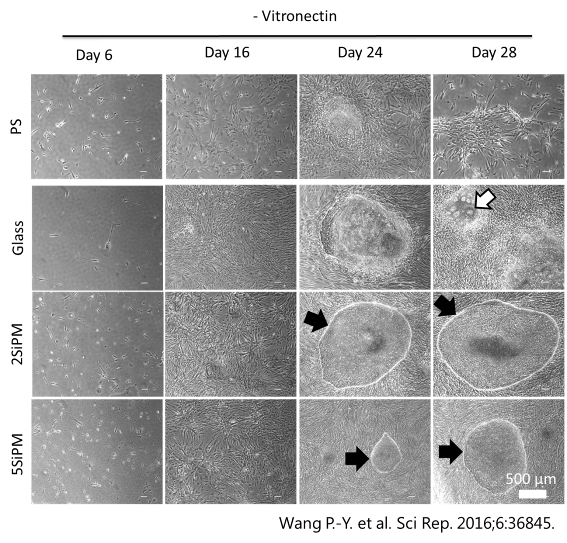
Results of cell reprogramming of fibroblasts into induced pluripotent stem cells on binary colloidal crystals (BCCs)
[1] Assistant Professor Wang obtained his PhD in Chemical Engineering at National Taiwan University. He was a postdoctoral fellow at NTU’s under The Aim for the Top University Project, and later was a Science and Industry Endowment Fund postdoctoral fellow as a lecturer at Swinburne University in Australia.
In 2015 he received a prestigious award for Australian young researchers, the Discovery Early Career Researcher Award (DECRA), and was a jointly-appointed scientist at the University of Melbourne and the CSIRO. He took up his current position at TMU’s Graduate Institute of Nanomedicine and Medical Engineering in September 2016. He specializes in stem cell differentiation and biomaterials. One of his current research focuses is using different surface micro/nanotopographies and biosignals on cell culture substrates to regulate stem cell differentiation.

